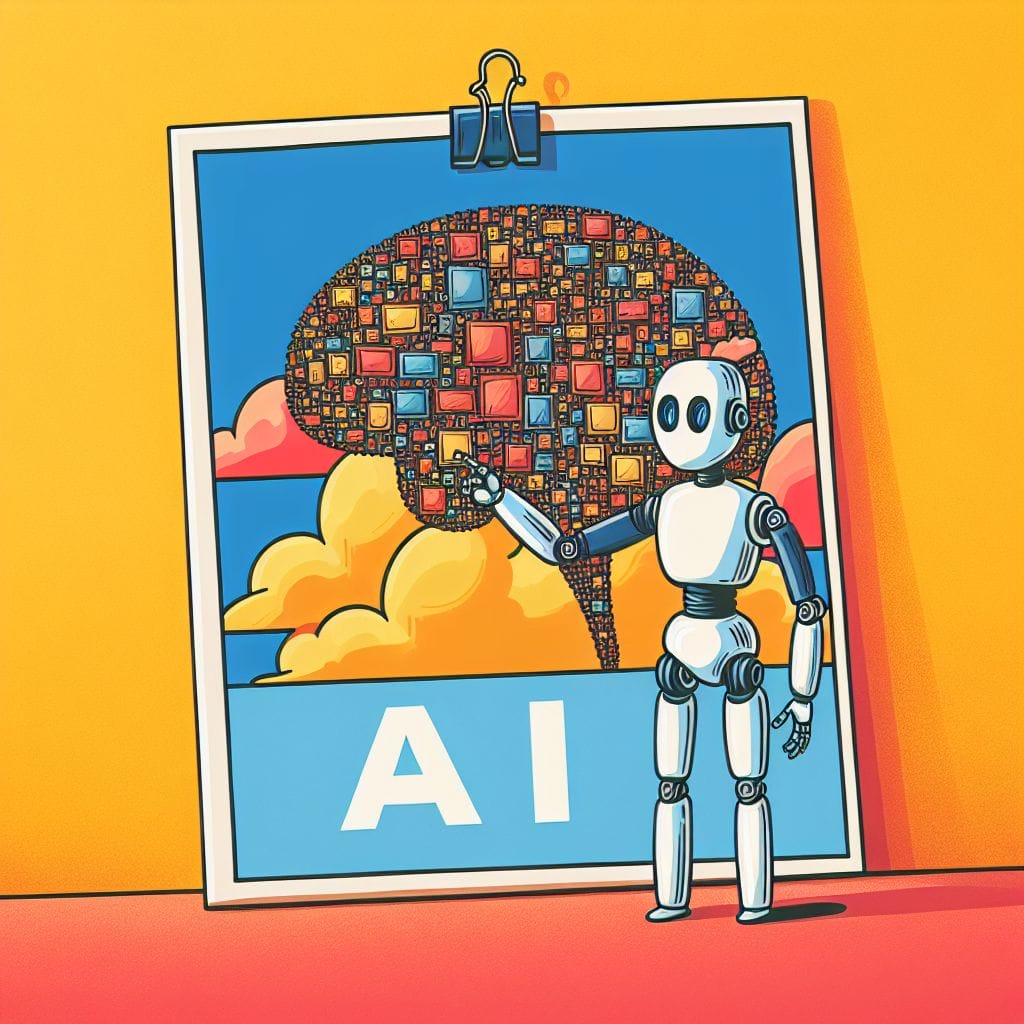
Artificial Intelligence (AI) has revolutionized various industries, and one of its most intriguing applications is generative AI. This technology has the ability to create original content, such as images, music, and text, without human intervention. While generative AI offers immense potential for creativity and innovation, it is crucial to understand its drawbacks and pitfalls to ensure responsible and ethical use.
The Power of Generative AI:
1. Unleashing Creativity: Generative AI empowers individuals and businesses to explore new frontiers of creativity. It can generate unique artwork, designs, and music compositions that may have never been conceived by humans alone. This opens up endless possibilities for artists, designers, musicians, and other creative professionals to push boundaries and discover new artistic expressions.
2. Enhancing Productivity: By automating content creation processes, generative AI can significantly boost productivity. For instance, it can generate personalized marketing materials or design prototypes based on user preferences or specific requirements. This allows businesses to streamline their operations, save time, and focus on higher-value tasks.
3. Enabling Personalization: Generative AI can create personalized experiences by tailoring content to individual preferences. For example, it can generate customized recommendations for products or services based on user behaviour patterns or previous interactions. This level of personalization enhances user satisfaction and engagement.
4. Facilitating Scientific Research: In scientific fields such as drug discovery or climate modelling, generative AI can accelerate research by generating vast amounts of data or simulating complex scenarios. Researchers can leverage this technology to explore hypotheses more efficiently and gain valuable insights that may lead to breakthrough discoveries.
Drawbacks and Pitfalls:
1. Ethical Concerns: Generative AI raises ethical questions regarding ownership and copyright infringement. As the technology creates content autonomously, determining the original creator becomes challenging. This can lead to disputes over intellectual property rights and potentially hinder the growth of creative industries.
2. Bias and Misinformation: Generative AI models are trained on existing data, which may contain biases or misinformation. If not carefully monitored, these biases can be perpetuated in the generated content, reinforcing stereotypes or spreading false information. It is crucial to ensure diverse and unbiased training datasets to mitigate these risks.
3. Security and Fraud: The power of generative AI can also be exploited for malicious purposes. For instance, it can be used to generate convincing deepfake videos or counterfeit documents, leading to potential security threats and fraud. Robust security measures and regulations are necessary to prevent misuse of this technology.
4. Lack of Human Touch: While generative AI can produce impressive content, it often lacks the human touch and emotional depth that comes from genuine human creativity. The subjective aspects of art, music, or writing may be challenging for AI to replicate authentically, limiting its ability to fully replace human creativity.
In conclusion, we can see that Generative AI holds immense power and usefulness in unleashing creativity, enhancing productivity, enabling personalization, and facilitating scientific research. However, it is essential to address the associated drawbacks and pitfalls responsibly. By ensuring ethical use, mitigating biases, implementing robust security measures, and acknowledging the limitations of AI-generated content, we can harness the full potential of generative AI while preserving the integrity of human creativity.
